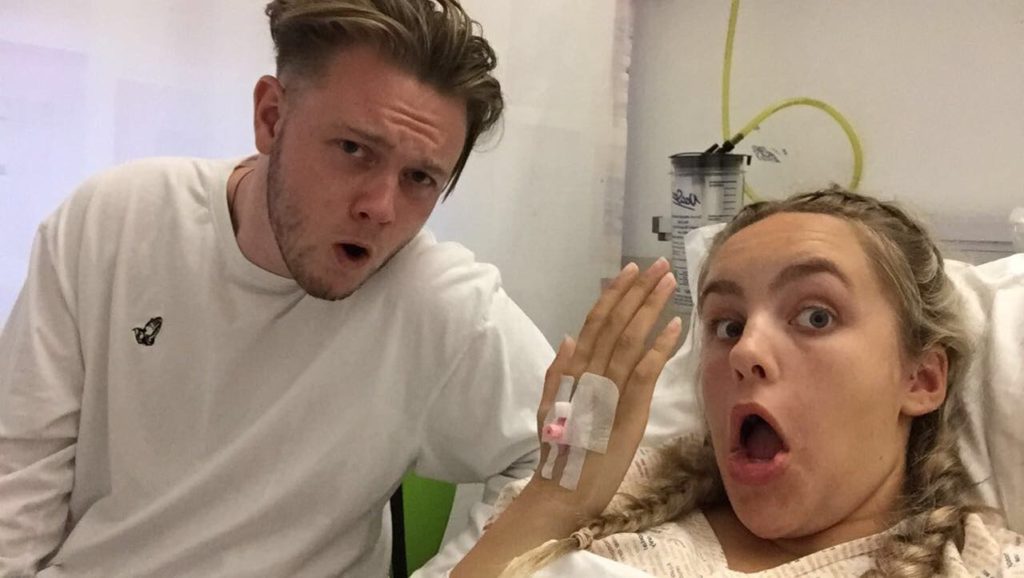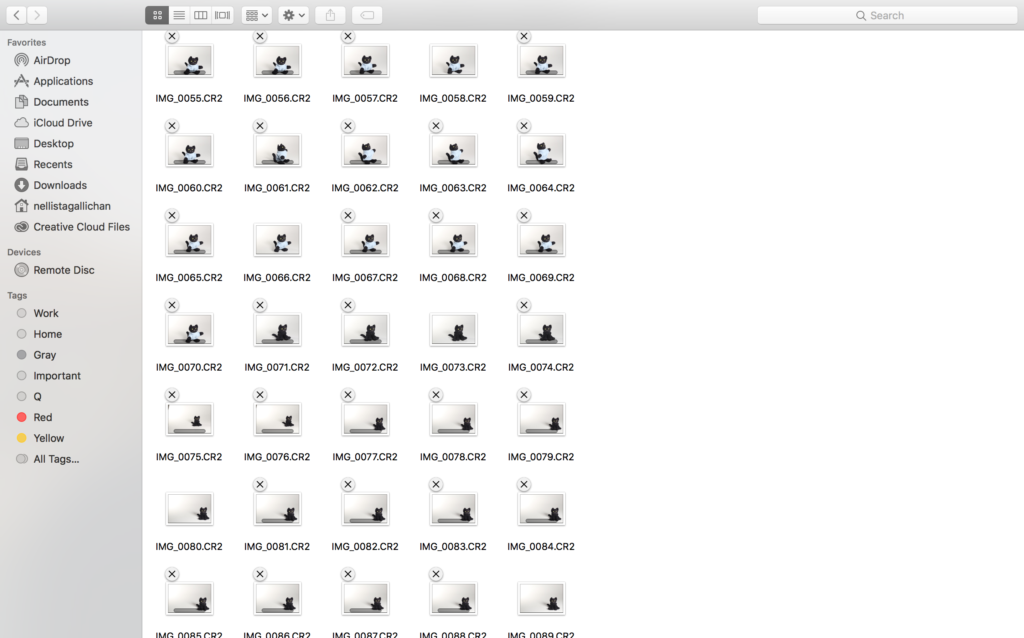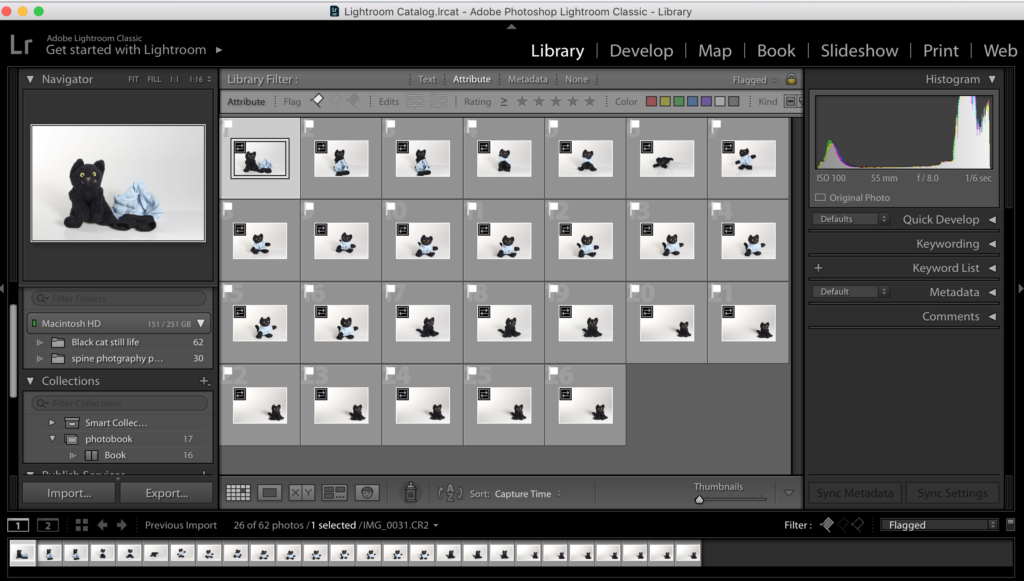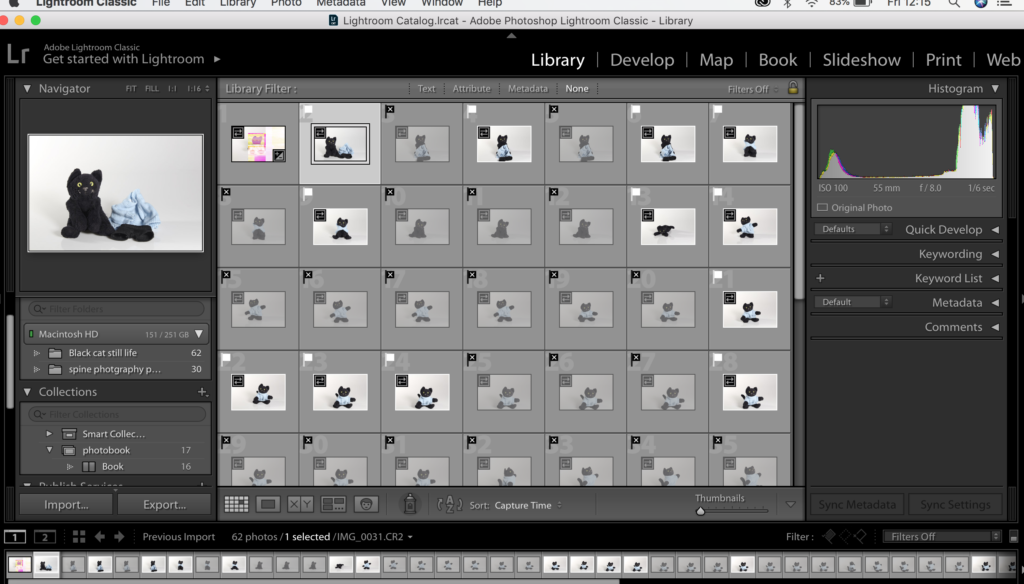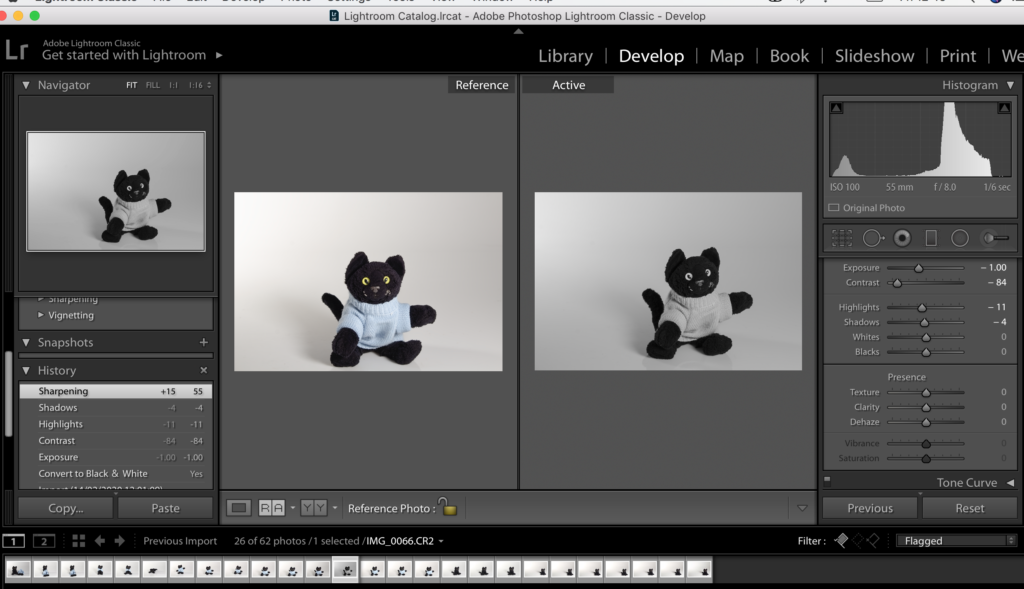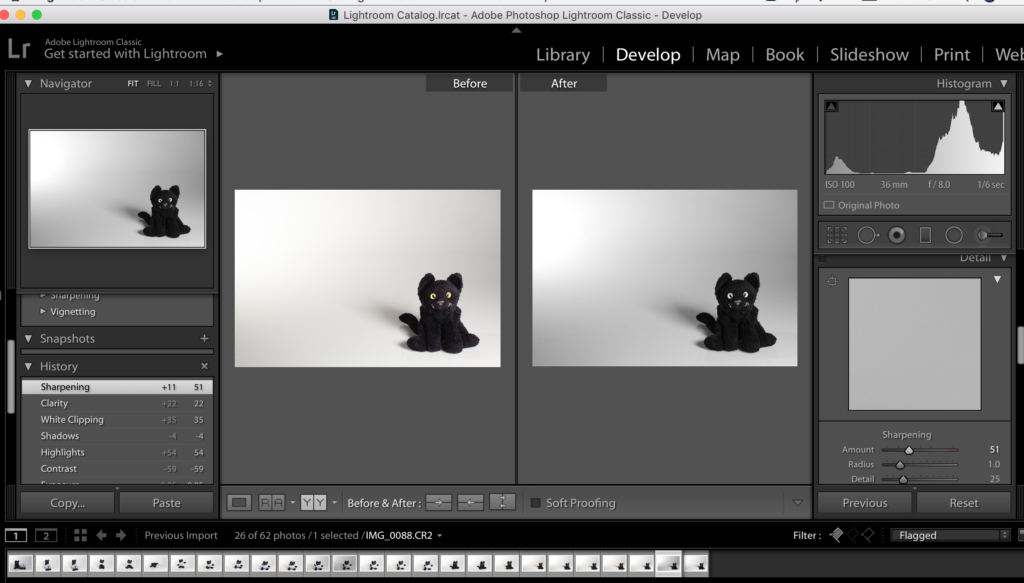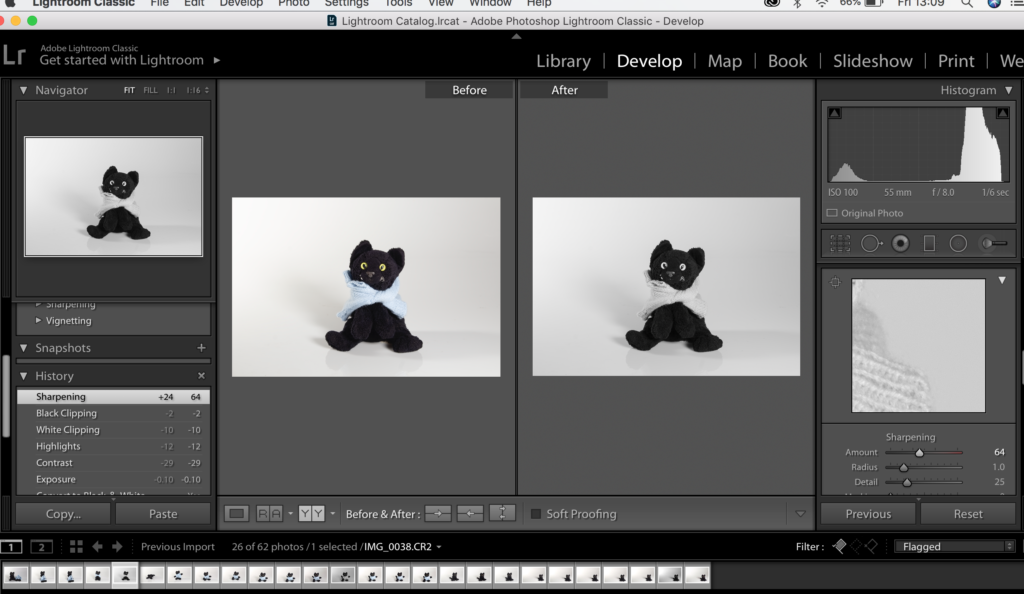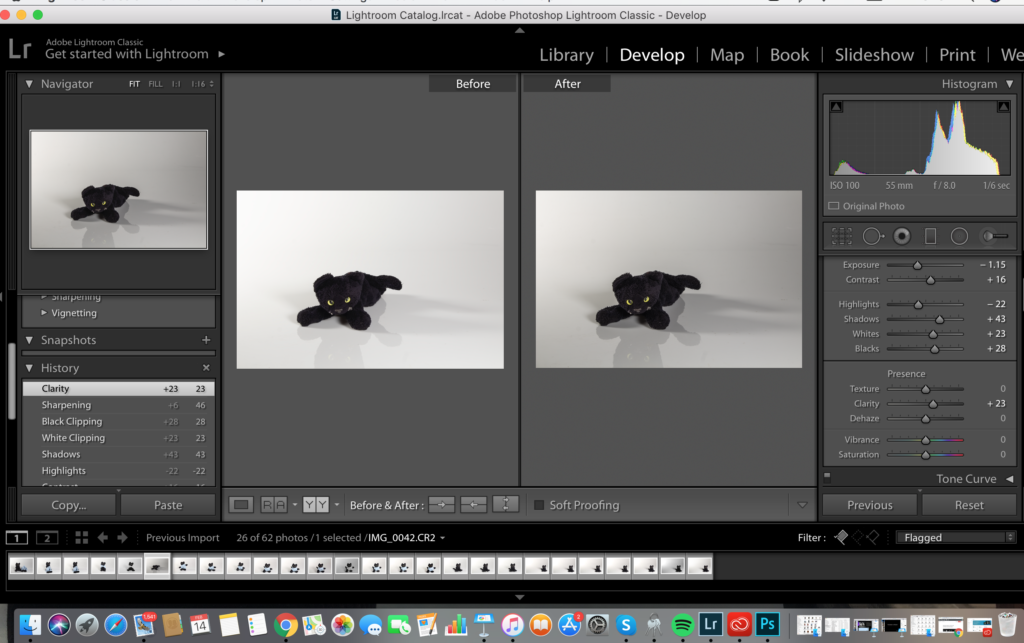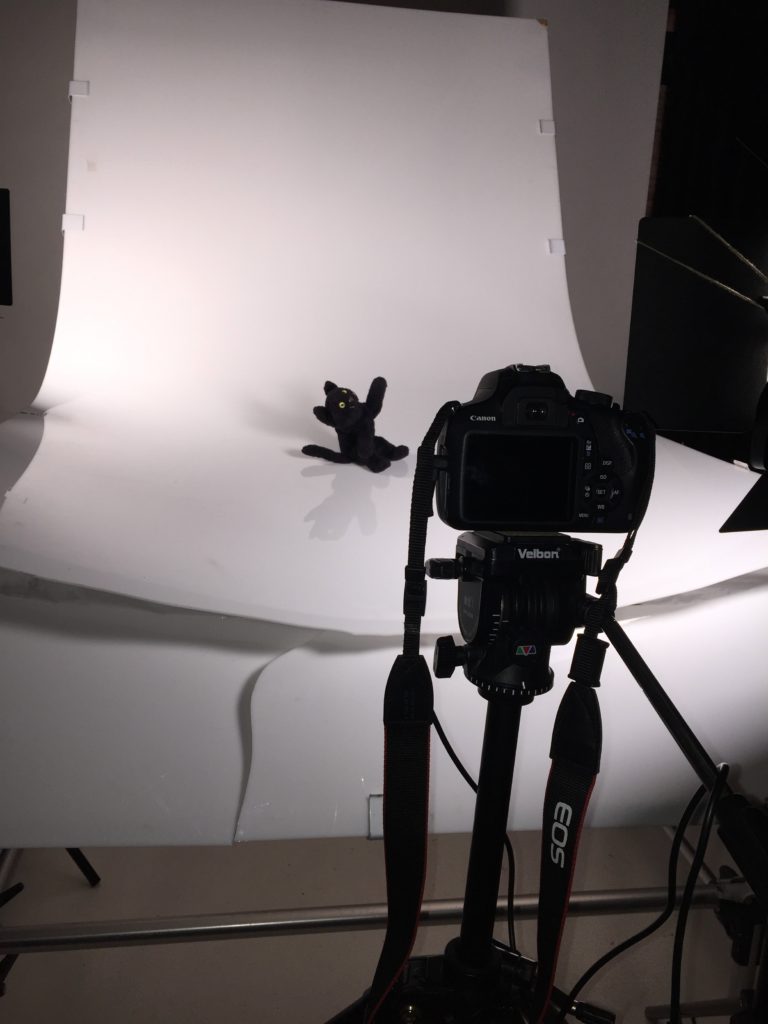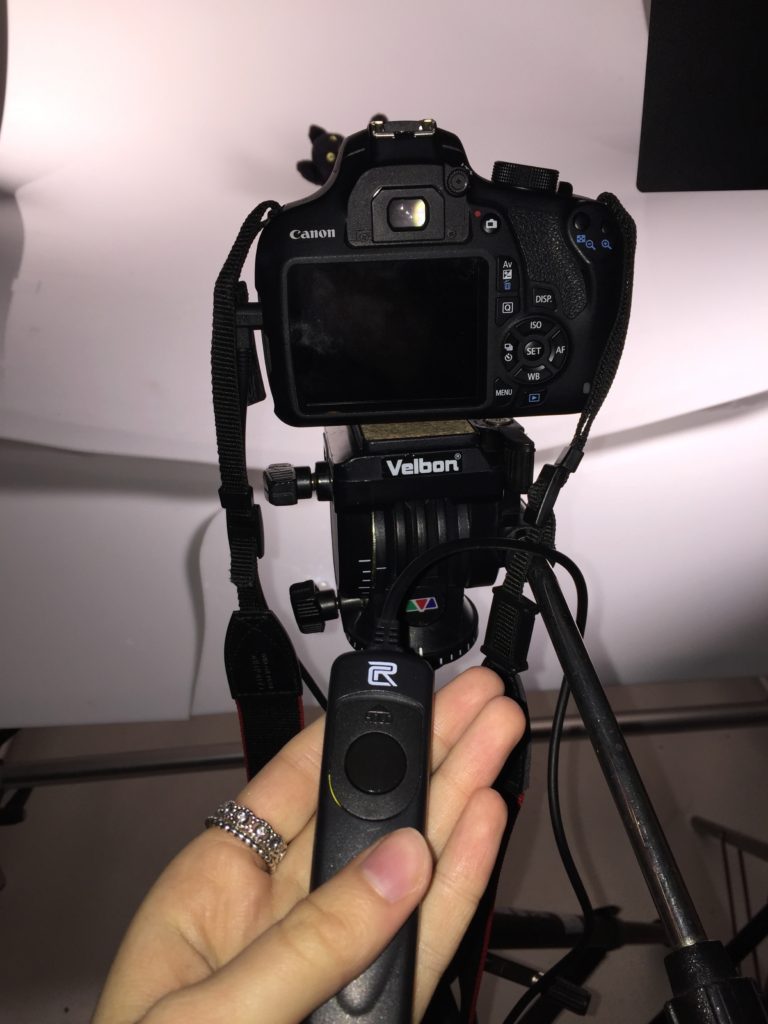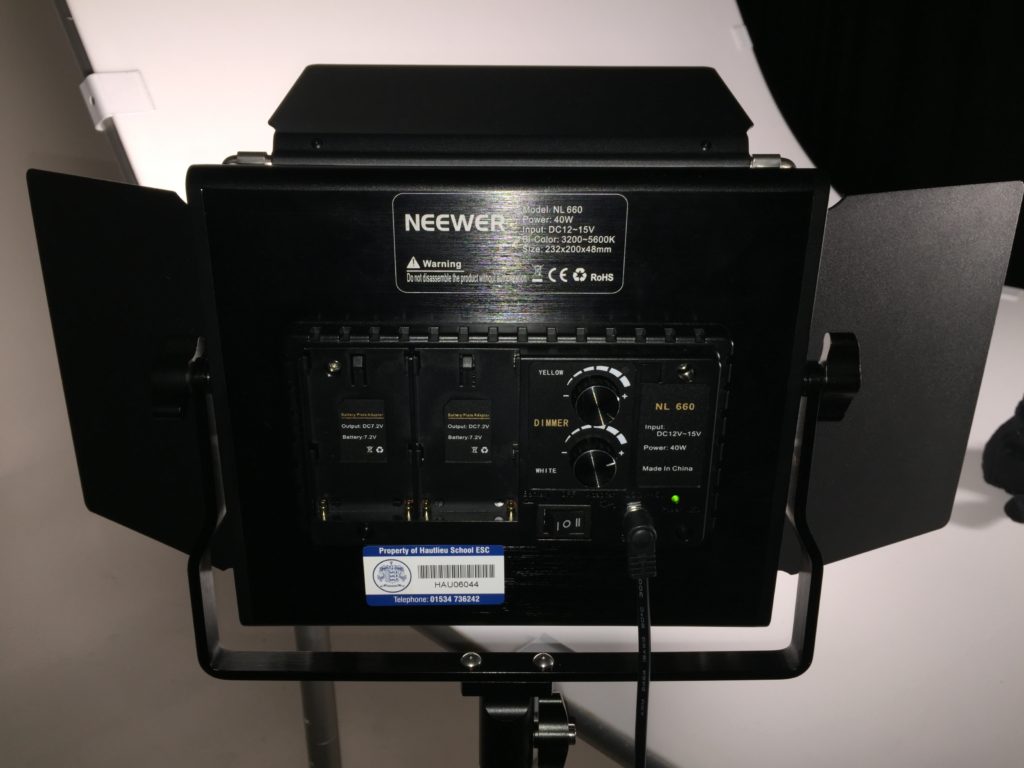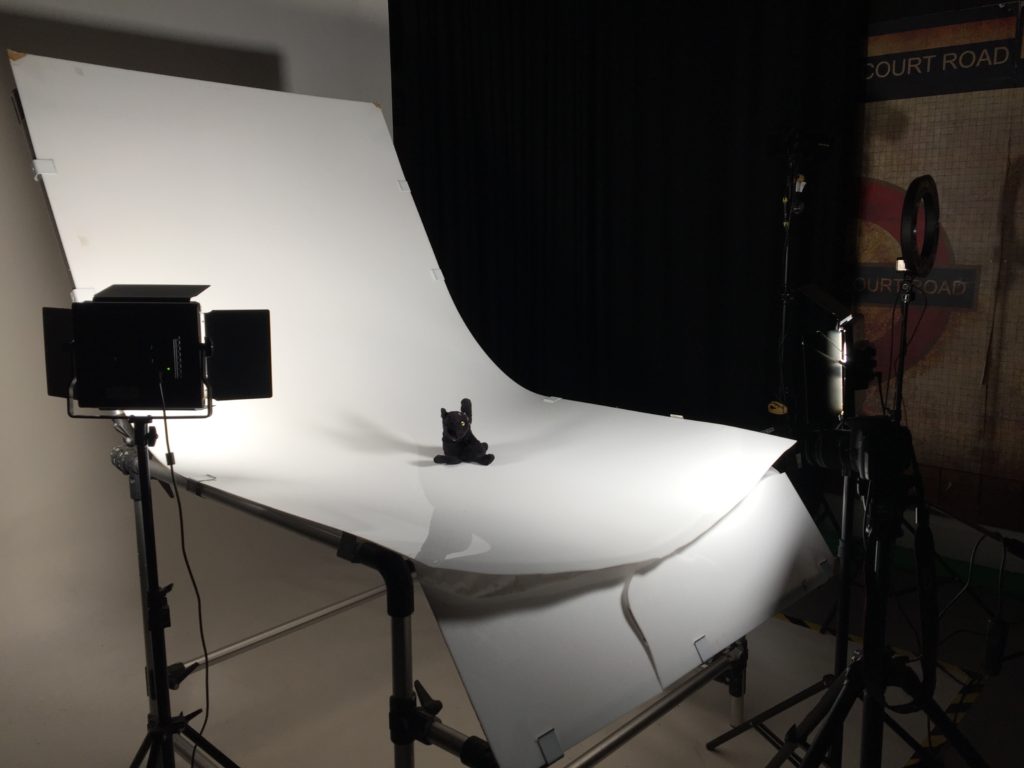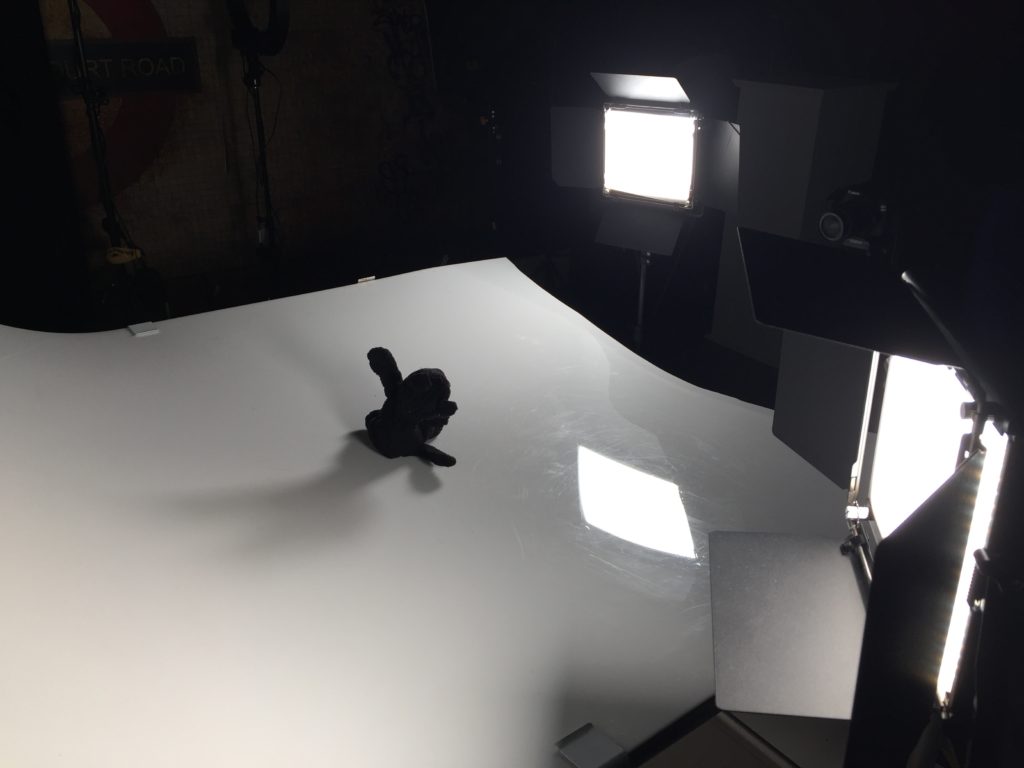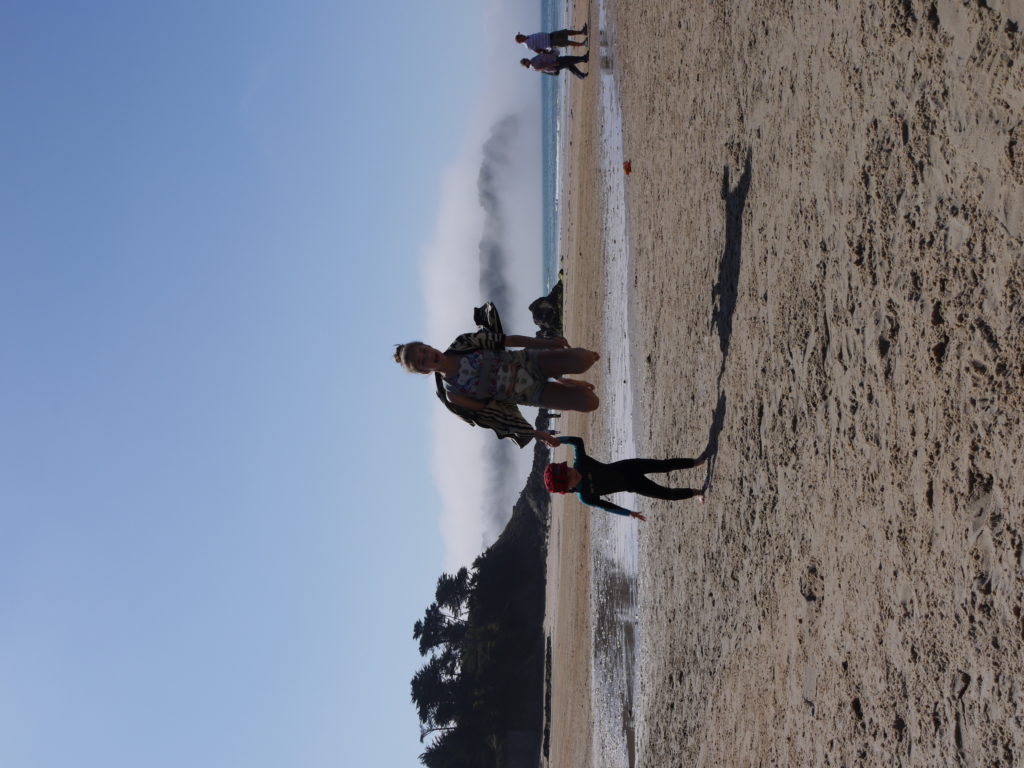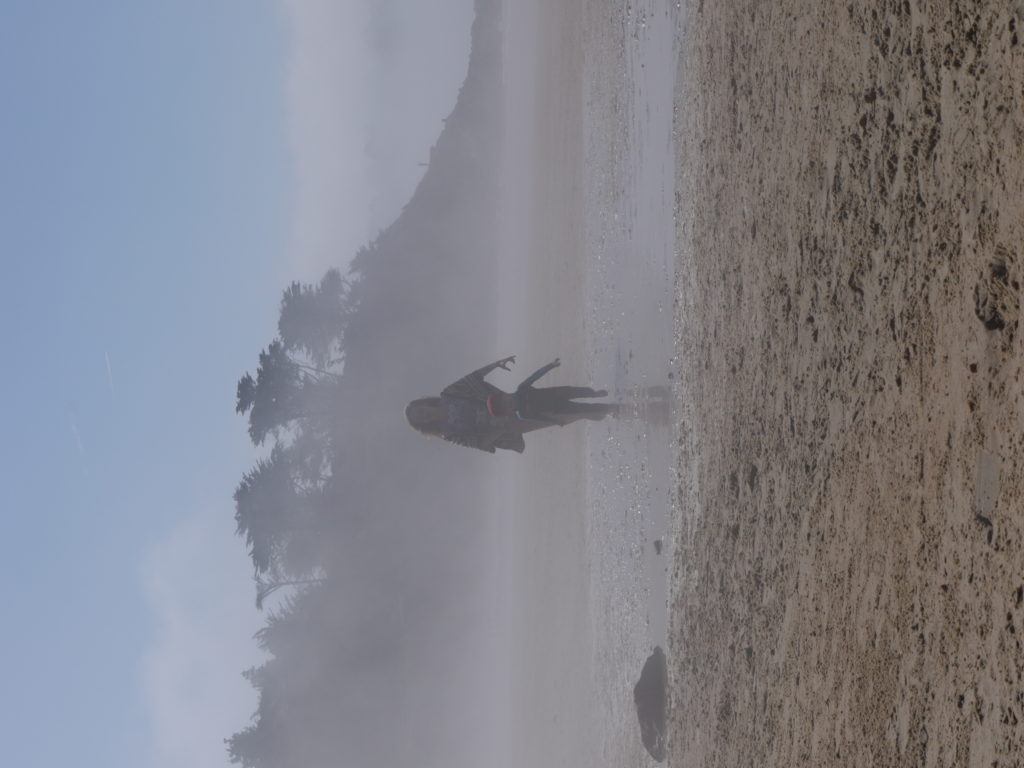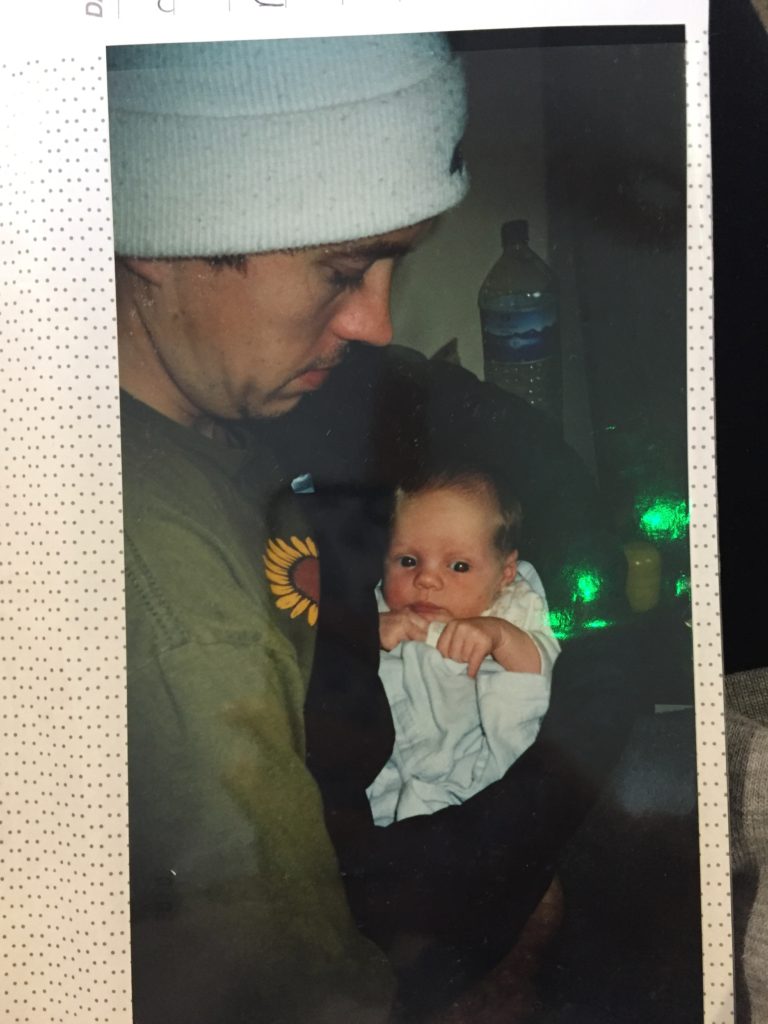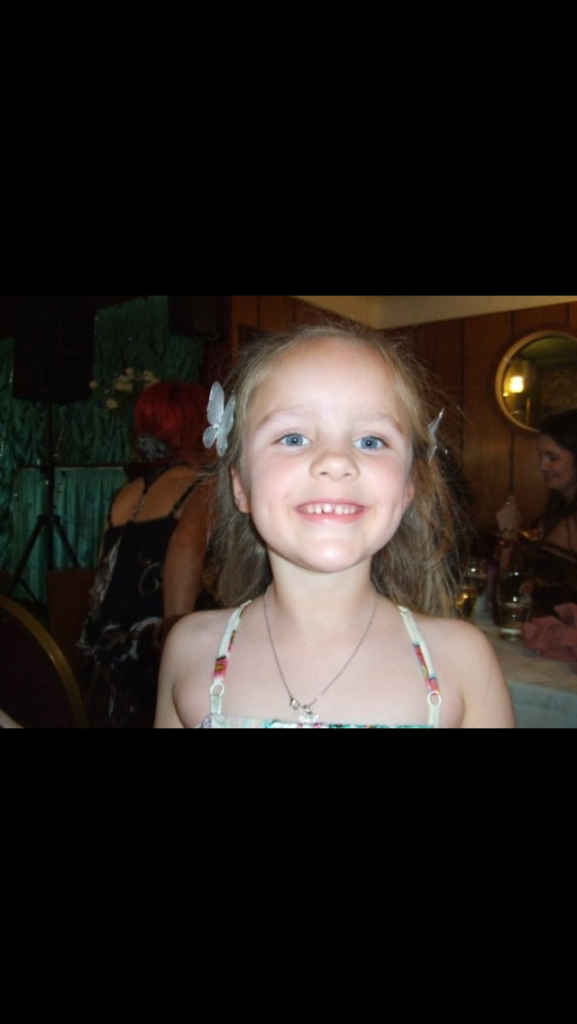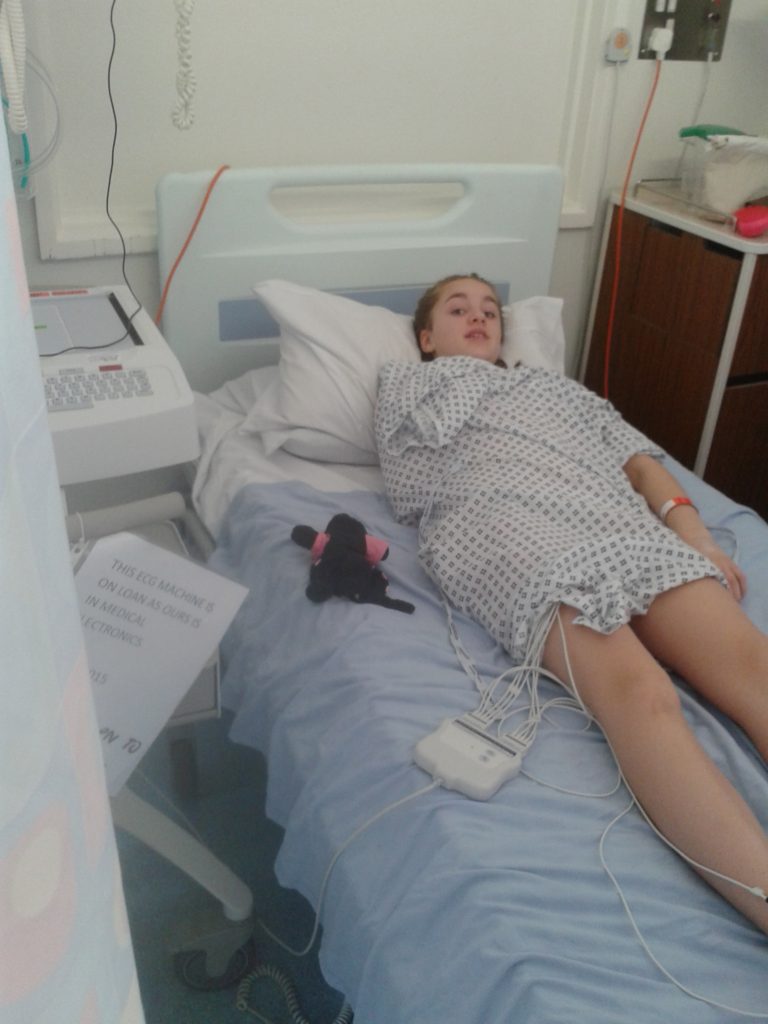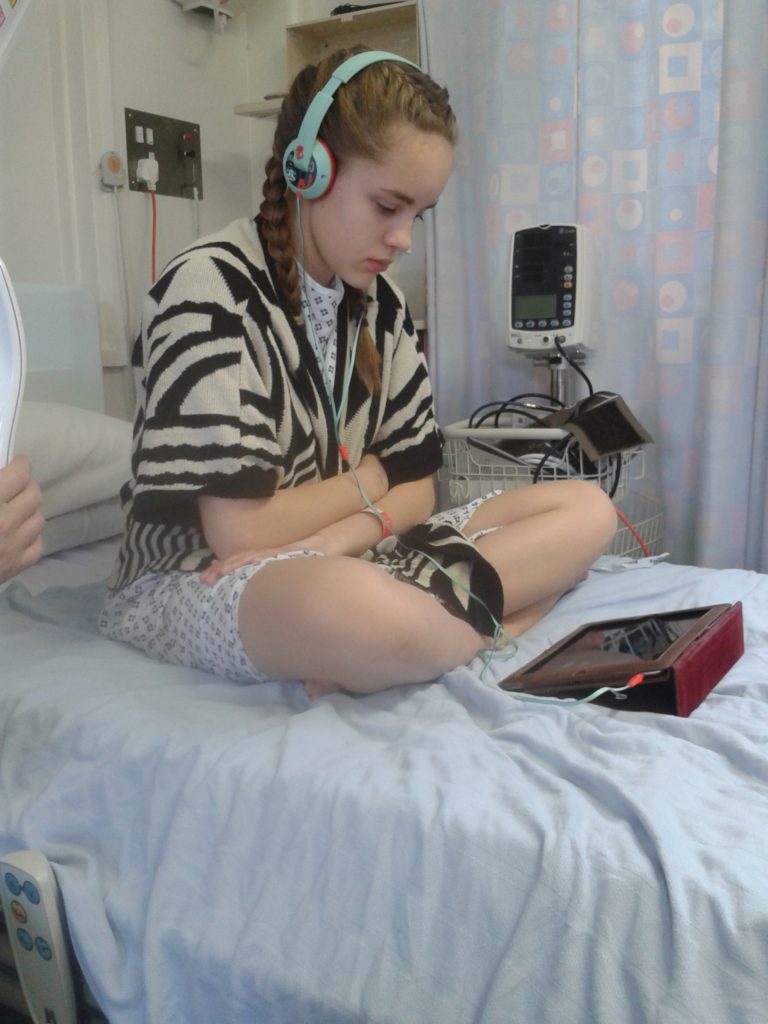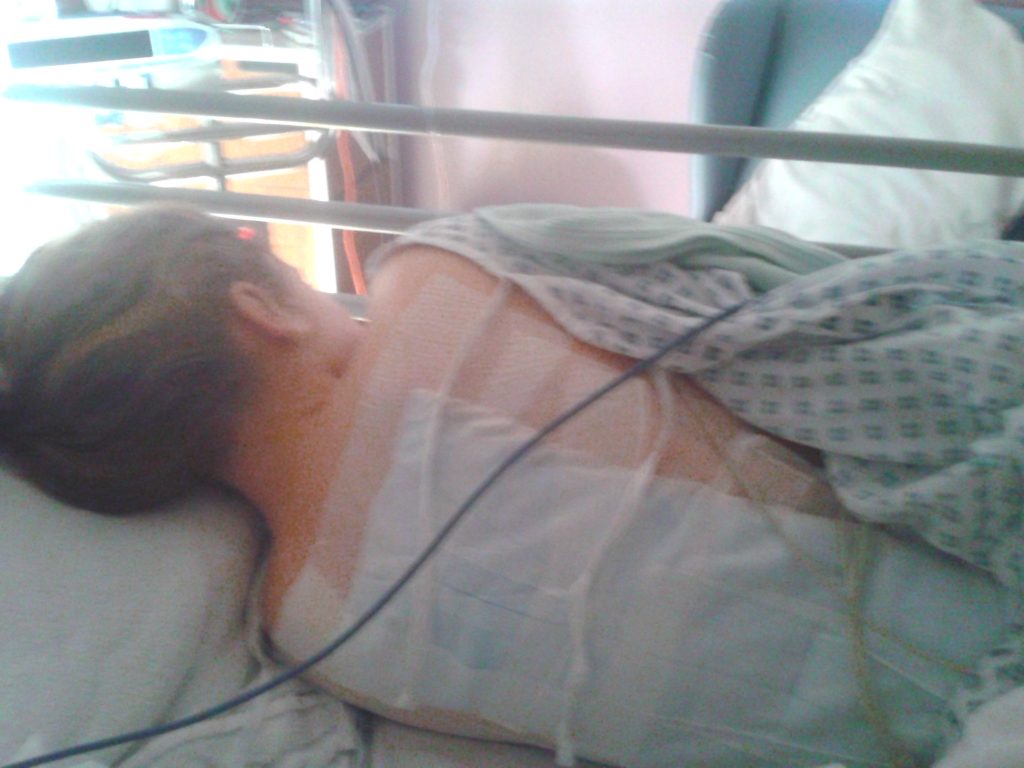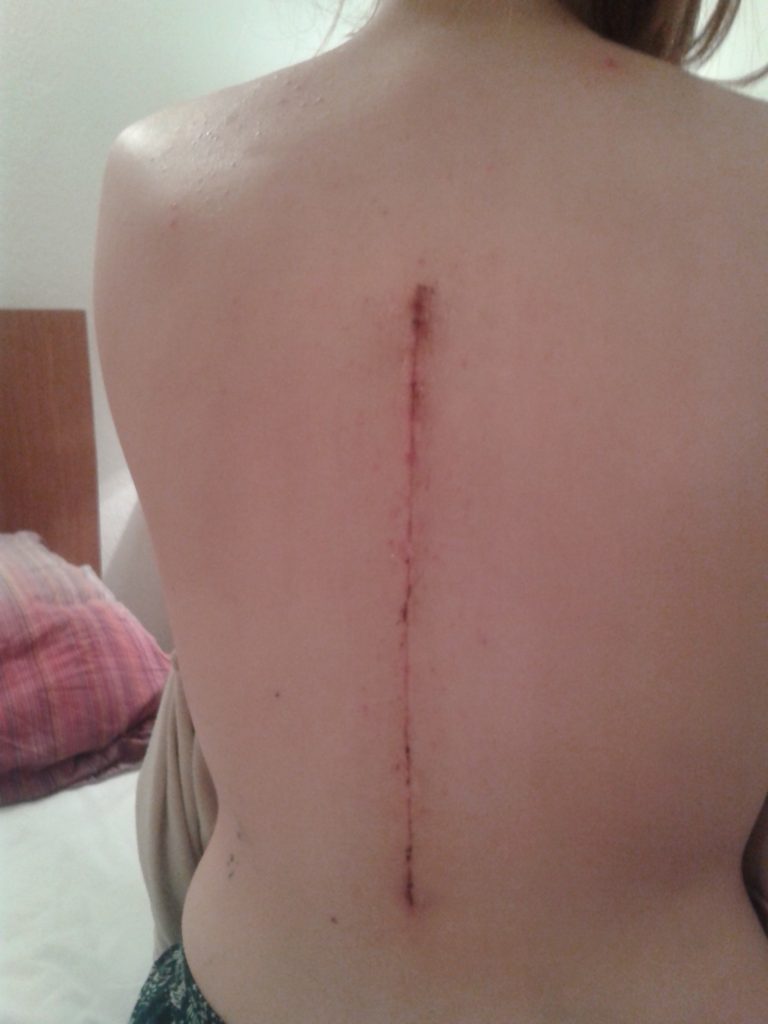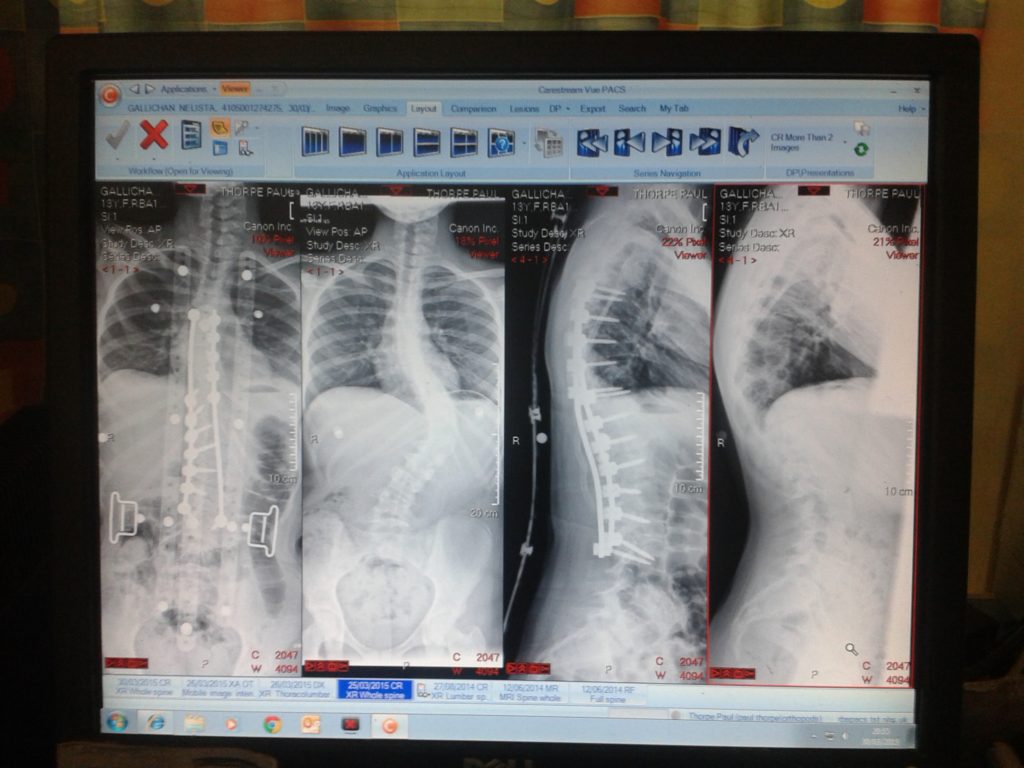These are all images after surgery taken by me or someone else centered around hospital and images of me wearing my spinal brace after surgery. These images show how my operation has lead to further health complications but I have managed to stay positive through it all laughing and joking. Trying not to take the serious and sinister side of the reality of my health conditions.
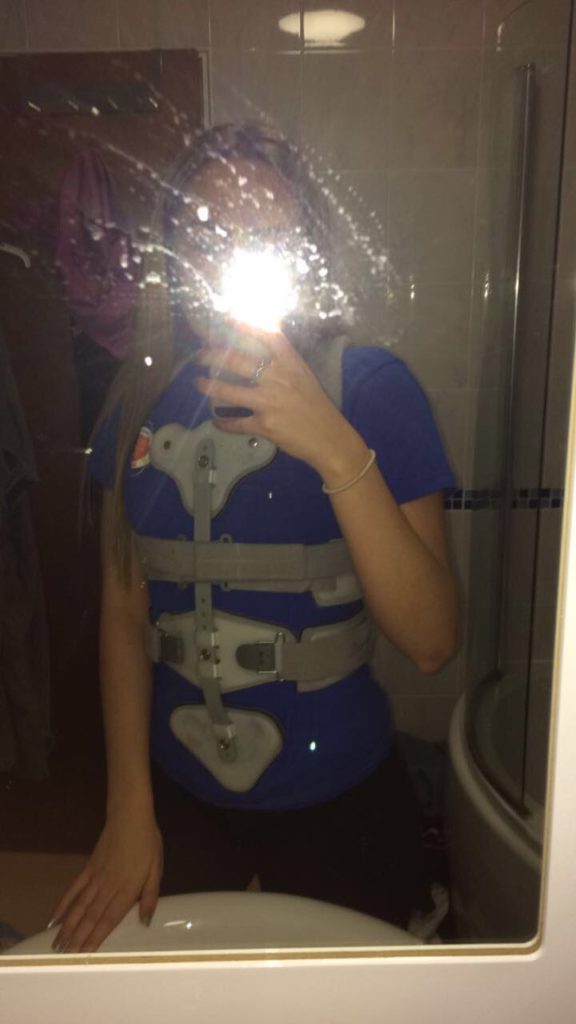
Having to wear a spinal brace over my clothes was a struggle for me because it meant I gained a lot of unwanted attention both negative and positive. Thinking back on it all I depth well with it all not letting it bet me down because it was not a prementat implication I had to live with for the rest of my life it was just for 6 months. I had the attitude of after that I would be completely fine.
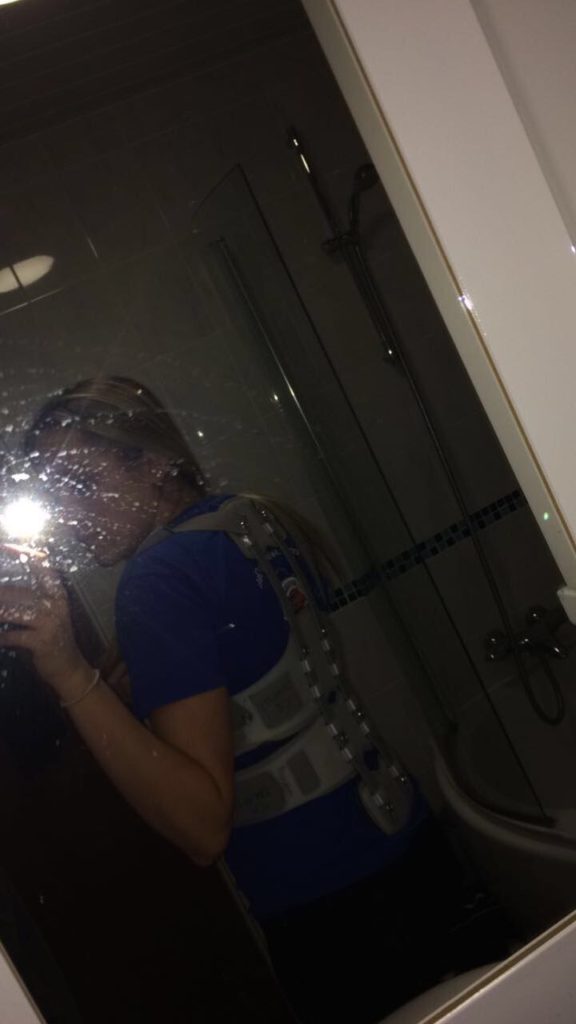
I have a lot of images from when I was taken back when my legs were paralyzed for 12 hours and I had to get admitted to hospital this is the morning after when my legs came back and the doctors kept me in to do lots of tests.
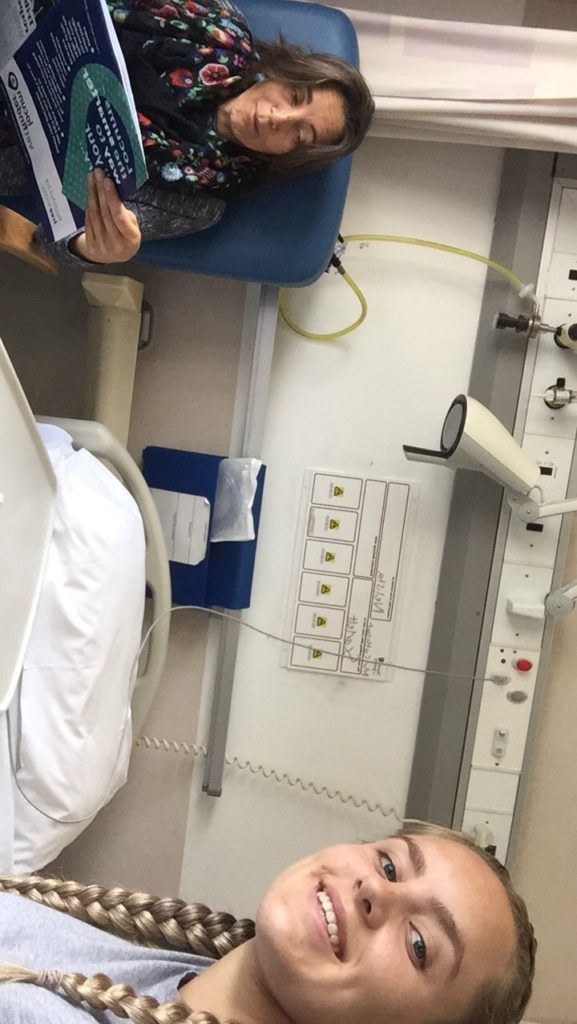
Also I thought I could use images of documents when I am in hospital such as medical records, food menus, tablet dosage time tables. These I feel can give interesting breaks in my photography and also help to guide where I want the story of my photobook to go.
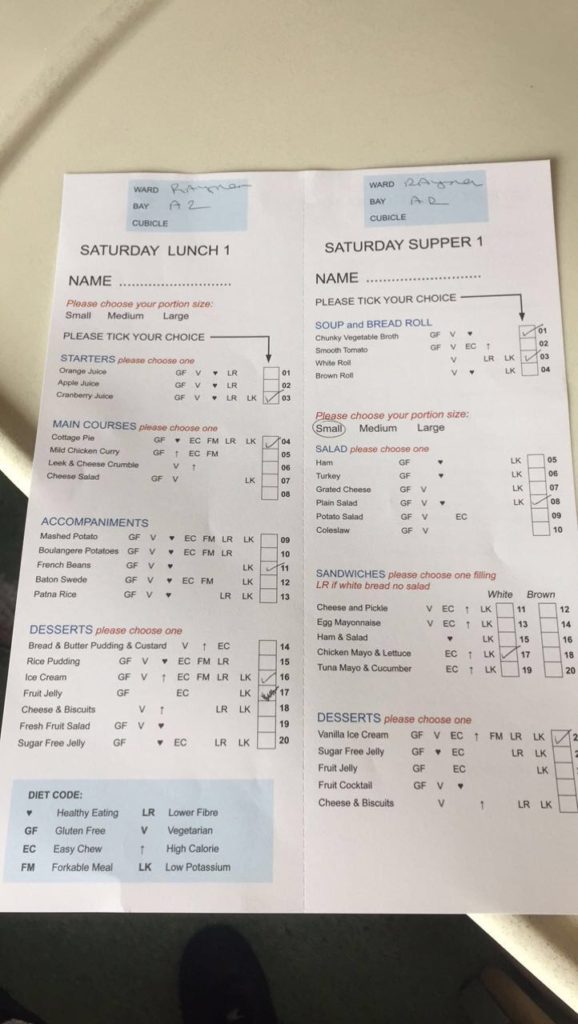
This image I feel is to obvious for the story that I am wanting to tell it has no room for personal interpretation or talking point. I feel like i will most likely not use this image in my final photo book.
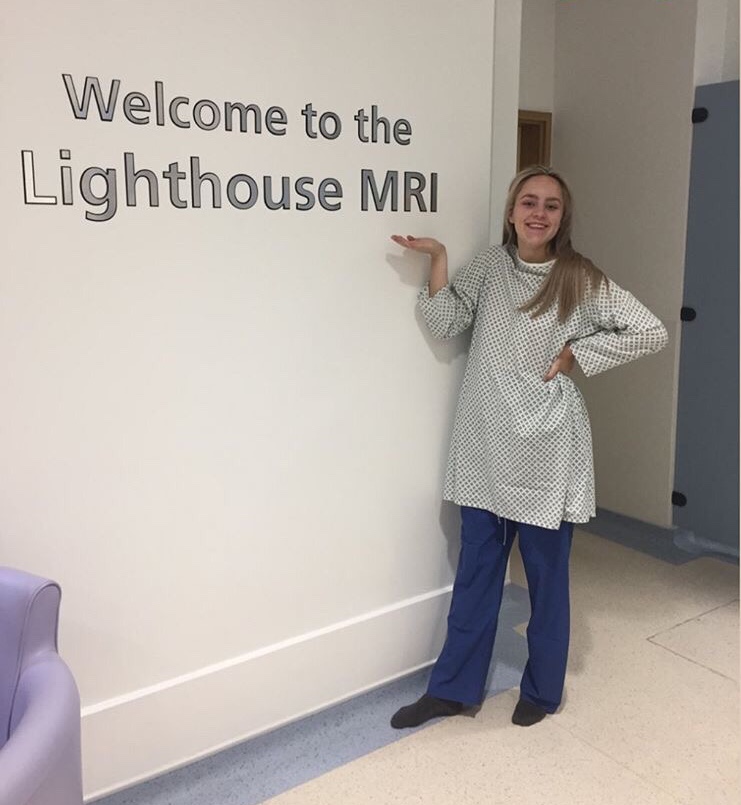
When I hospital I have to try make it all lighthearted so I don’t end up worrying about the underlying issues of what is actually going to happen. So my mum will often take photos of me un ugly hospital gowns and slippers to make it funny.

When I am in hospital I have a huge support network of friend and family how try there best to entertain me and keep me happy. I always like to document and take photos when I am in Hospital because it shows my journey of how far I have come and how far I have still got to go. I use images as a way to monitor when I am in and out of hospital.
